This volume presents for the first time, the extraordinary career of photographic pioneer, James Waterhouse (1842-1922). From his early years in Central India in the 1860s, to his technical achievements in Britain in the 1900s, this comprehensive account traces the life of a path-breaking figure devoted to the art of photography, acknowledged by his peers as "the father of photo-mechanical work", yet who has remained neglected within the world of photography.
Waterhouse's first major photographic work was undertaken from 1861-62, shortly after his arrival in India as a very young Second Lieutenant in the Royal Artillery. During this period, he was deputed on special assignment to photograph rulers, tribes, communities and archaeological subjects in the Central Provinces (he concluded that the "numerous difficulties of a work of the kind can only be appreciated by those who have tried it"). The results of this survey are perhaps the first photographs of the Buddhist site of Sanchi, and a series of remarkable portraits from the court of the Begum of Bhopal, as well as of significant noblemen and groups from the surrounding area. The portraits are accompanied by Waterhouse's extensive notes, reproduced here with his images for the first time.
This volume also offers an essay on Waterhouse's indefatigable experiments with photographic processes and his crucial work at the Survey of India in Calcutta. Appendices include transcripts of Waterhouse's personal narrative of his travels and photographic projects.

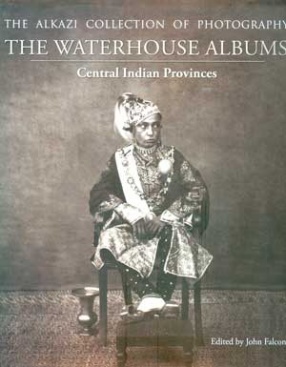
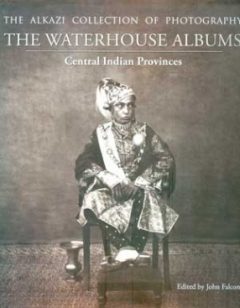
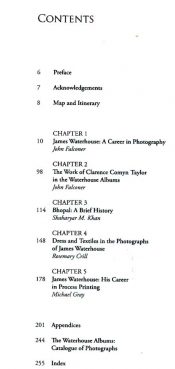
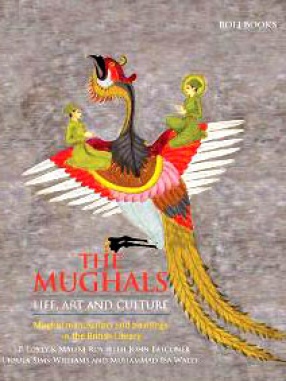


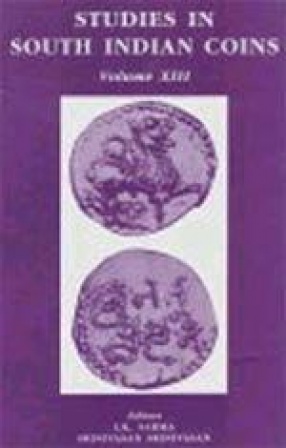
There are no reviews yet.